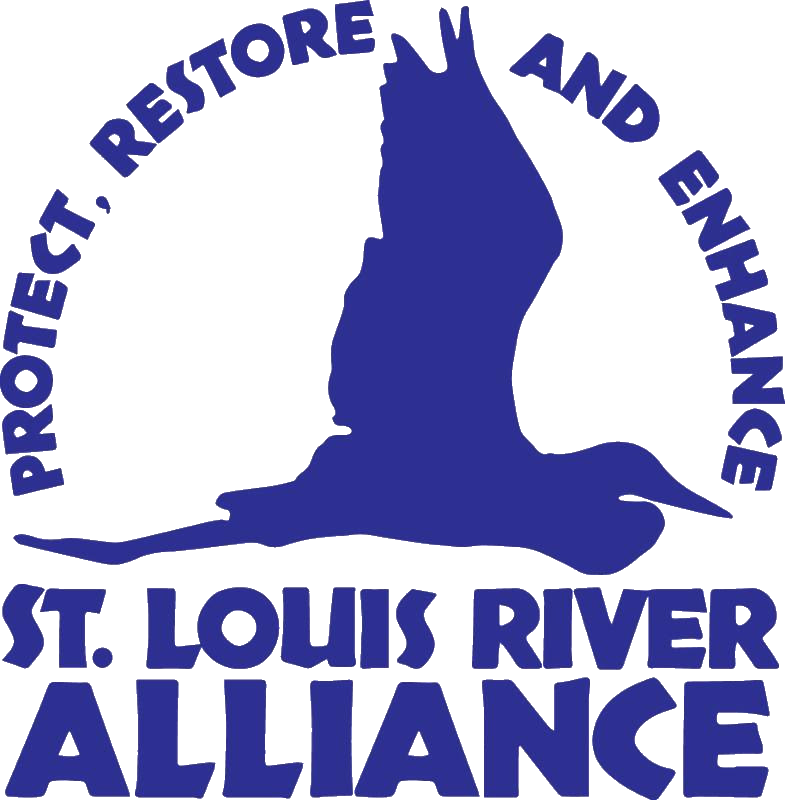SLRAOC UPDATES: 2022 Remedial Action Plan Public Input Opportunity
The recently completed project on Interstate Island in the St. Louis River between Duluth and Superior restored critical nesting habitat for Common Tern and stopover habitat for Piping Plover—helping to increase populations of these rare birds. / Photo Credit: J.F. Brennan Company, Inc.
Comments Accepted Until Dec. 20
A draft of the St. Louis River Area of Concern (AOC) Remedial Action Plan is available for public review and comments until noon on Monday, Dec. 20, 2021, on the Wisconsin Department of Natural Resources (DNR) website.
Questions and comments can be sent to Matt Steiger, Wisconsin DNR St. Louis River AOC Coordinator, at matthew.steiger@wisconsin.gov or 715-559-9523.
After stakeholder comments are reviewed, a final Remedial Action Plan will be shared and posted on the St. Louis River AOC website.
About St. Louis River AOC Remedial Action Plan
The Remedial Action Plan, published annually, provides an opportunity for St. Louis River AOC stakeholders to review the progress made from October 2020 to September 2021. The draft is organized as a “red line” document showing changes from the 2020 document. The update summarizes progress made in the AOC in the last year and shares remaining activities that need to be completed before the AOC can be delisted. It includes a summary of the status of all 80 management actions and tracks progress on projects that are important for reaching our delisting targets.
Nine environmental problems, called Beneficial Use Impairments, were identified for the St. Louis River AOC, along with management actions to address each of those problems. Delisting targets are specific goals and objectives established for each impairment, with measurable indicators to track results of pollution cleanup and habitat restoration efforts. Once all impairments are removed, the St. Louis River can be removed from the list of most polluted sites on the Great Lakes.
The St. Louis River AOC was designated as one of 43 sites on the Great Lakes with significant environmental damage by the United States and Canada in 1987. Federal Great Lakes Restoration Initiative funding, first launched in 2010, helps AOCs clean up pollution and restore waterways.
The four coordinating agencies that work together to publish the annual Remedial Action Plan are:
• Fond du Lac Band of Lake Superior Chippewa
• Minnesota Department of Natural Resources
• Minnesota Pollution Control Agency
• Wisconsin Department of Natural Resources.

